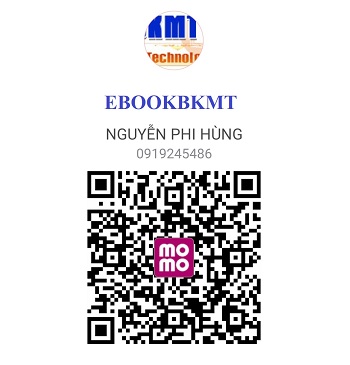TiO2-decorated magnetic biochar mediated heterogeneous photocatalytic degradation of tetracycline and evaluation of antibacterial activity
In this study, TiO2-decorated magnetic biochar was used for photocatalytic degradation of tetracycline antibiotic in aqueous solutions. The influence of several factors including pH, composite dosage, initial tetracycline concentration, and reaction time on removal performance was surveyed. The composite was characterized by energy dispersive X-ray (EDX), X-ray diffraction (XRD), field emission scanning electron microscopy (FESEM), Fourier-transform infrared spectroscopy (FTIR), and vibrating sample magnetometer analyses (VSM). At neutral pH (pH = 7), highest removal efficiency was obtained due to the pHzpc composite and Pka of the tetracycline.
The highest removal efficiency was obtained in the amount of 0.35 g L−1. With enhancement initial tetracycline concentration, a decrease in removal efficiency was observed from 97 to 83%. The kinetic data of tetracycline photocatalytic removal are consistent with the first-order kinetic model. The original reaction mechanisms in photocatalytic degradation of tetracycline are hydroxyl radical (•OH), holes (h+), and superoxide (O2•−), respectively. A removal performance of 89% was preserved after 5 consecutive stages of composite usage. The results of antibacterial test of the sample after photocatalytic process by Fe3O4/TiO2/BC composite on Staphylococcus aureus due to lack of growth inhibition zone showed the absence of tetracycline antibiotics in aqueous solution. The results showed that the process under study could be used as an effective method to remove antibiotics from aqueous solutions. The use of this process by forming intermediate products with less toxicity to the environment is also acceptable.
In this study, TiO2-decorated magnetic biochar was used for photocatalytic degradation of tetracycline antibiotic in aqueous solutions. The influence of several factors including pH, composite dosage, initial tetracycline concentration, and reaction time on removal performance was surveyed. The composite was characterized by energy dispersive X-ray (EDX), X-ray diffraction (XRD), field emission scanning electron microscopy (FESEM), Fourier-transform infrared spectroscopy (FTIR), and vibrating sample magnetometer analyses (VSM). At neutral pH (pH = 7), highest removal efficiency was obtained due to the pHzpc composite and Pka of the tetracycline.
The highest removal efficiency was obtained in the amount of 0.35 g L−1. With enhancement initial tetracycline concentration, a decrease in removal efficiency was observed from 97 to 83%. The kinetic data of tetracycline photocatalytic removal are consistent with the first-order kinetic model. The original reaction mechanisms in photocatalytic degradation of tetracycline are hydroxyl radical (•OH), holes (h+), and superoxide (O2•−), respectively. A removal performance of 89% was preserved after 5 consecutive stages of composite usage. The results of antibacterial test of the sample after photocatalytic process by Fe3O4/TiO2/BC composite on Staphylococcus aureus due to lack of growth inhibition zone showed the absence of tetracycline antibiotics in aqueous solution. The results showed that the process under study could be used as an effective method to remove antibiotics from aqueous solutions. The use of this process by forming intermediate products with less toxicity to the environment is also acceptable.

%20(1).png) /a>
/a>
.png)

%20(1)%20(1).png)

.png)





%20(1).png)








Không có nhận xét nào: